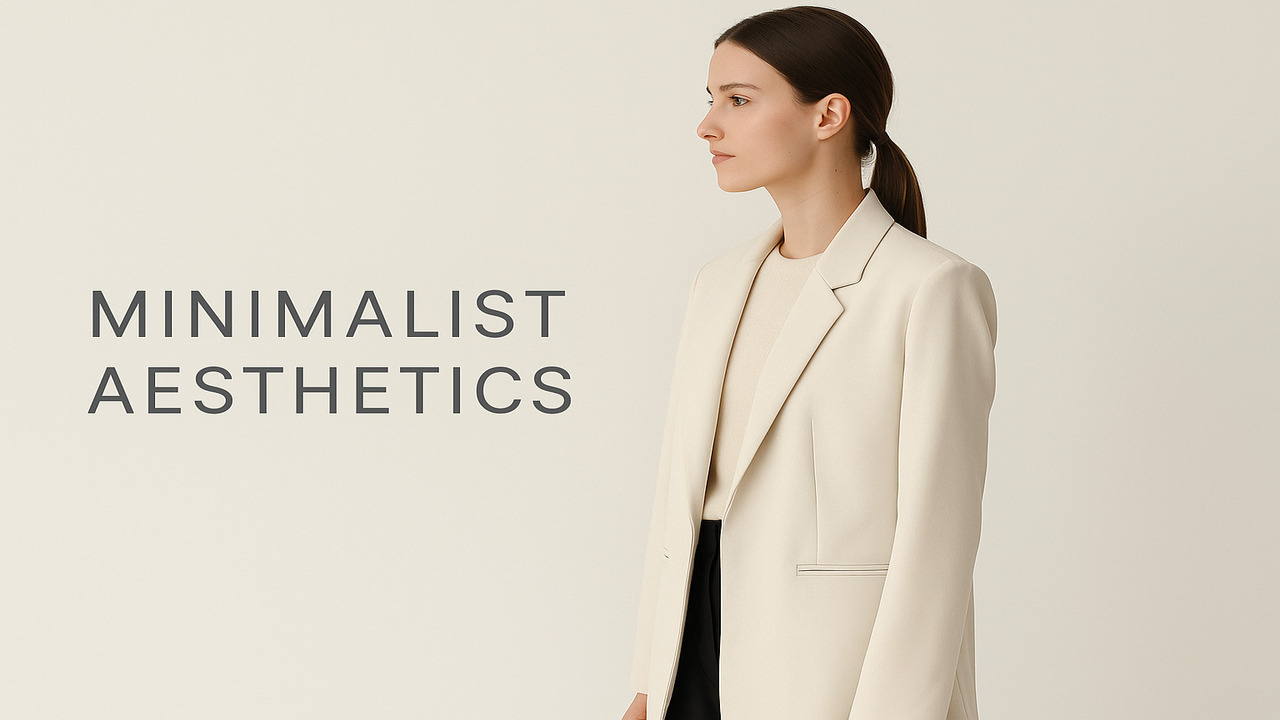
The Berkshire Mall – Minimalist aesthetics in fashion did not appear overnight. Rooted in the mid-20th century, minimalism as a cultural and artistic movement emphasized simplicity, clarity, and function over excess. Fashion designers embraced these values by stripping away unnecessary details, instead highlighting clean lines, subtle colors, and garments that prioritize purpose and elegance.
The philosophy is anchored in the idea that less is more. Rather than relying on loud patterns or extravagant embellishments, minimalist fashion celebrates the quiet power of restraint. A perfectly tailored blazer in neutral tones or a sleek monochrome dress speaks volumes without saying too much. This philosophy continues to resonate in today’s fast-paced world where people seek balance, clarity, and authenticity in how they present themselves.
What makes minimalist fashion instantly recognizable is its reliance on essential design principles. Neutral palettes such as black, white, beige, and gray dominate collections, providing timeless versatility. Cuts are precise, silhouettes are streamlined, and fabrics are often high-quality yet understated think cotton, wool, silk, or linen without unnecessary adornment.
Another hallmark of minimalist aesthetics is functionality. Each piece is crafted not just to look beautiful but also to serve practical use across multiple settings. For instance, a minimalist coat can transition seamlessly from the office to a night out, making it both stylish and efficient. The attention to detail lies in craftsmanship and structure rather than decorative flair.
Also Read : The Midi Dress Trend: Comfort, Elegance, and Endless Styling Options
In the 21st century, minimalist aesthetics have re-emerged as a powerful antidote to consumer culture’s overindulgence. Fashion houses such as The Row, Jil Sander, and COS embody this ethos by offering collections where elegance lies in subtlety. Even luxury brands like Prada and Celine have explored minimalist elements in their lines, merging high-end fashion with pared-back sensibilities.
Streetwear and fast fashion brands have also adopted minimalist influences, catering to consumers who want chic yet versatile wardrobes. Capsule wardrobes a modern minimalist concept reflect the desire to own fewer but better items. With carefully chosen staples, individuals can mix and match without clutter, reducing both decision fatigue and environmental waste.
Minimalist aesthetics transcend gender, age, and cultural boundaries. It appeals to professionals who prefer timeless workwear, to students seeking comfort with style, and even to older generations who value longevity in clothing. Its universality stems from the fact that simplicity is accessible to everyone.
Psychologically, wearing minimalist fashion often fosters confidence. Without distractions from overly complicated designs, the wearer becomes the focal point, not the outfit. This shift highlights individuality and personal charisma rather than flashy clothing. In many ways, minimalist fashion acts as a canvas that allows personal expression to shine.
Minimalist aesthetics are closely aligned with sustainability. The movement encourages investment in quality over quantity, pushing back against the culture of disposable clothing. By focusing on timeless designs, consumers are more likely to wear garments for years, reducing waste and demand for fast production cycles.
Furthermore, many minimalist brands emphasize ethical sourcing and eco-friendly materials. Choosing fewer, versatile pieces not only elevates one’s style but also supports a healthier planet. In this sense, minimalism is not just a fashion choice but also a lifestyle that harmonizes aesthetics with responsibility.
Read More : Why Did Melania Trump Rush to Walter Reed? Trump Health Rumors Spiral!
Rather than closing with a traditional conclusion, it is worth considering the direction minimalist aesthetics may take in the future. As digital culture shapes modern fashion consumption, minimalism may evolve into new hybrid forms combining virtual styling, sustainable innovation, and timeless design principles. Technology could make minimalist wardrobes more interactive, allowing people to visualize capsule outfits through augmented reality before making thoughtful purchases.
Moreover, the rising importance of mental health and mindful living suggests that minimalism will remain relevant. Clothing that offers calmness, simplicity, and authenticity will likely continue to resonate in a world filled with noise and distraction. The future of fashion may not only be about trends but also about how minimalism can help individuals find clarity and elegance in an increasingly complex society.